What is RICA Written Exam Subtest 1?
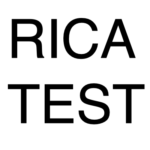
The RICA written exam contains subtest 1, as well as subtests 2 and 3. “RICA” stands for Reading Instruction Competency Assessment.
RICA subtest 1 assesses teaching skills and strategies in the subject area of reading. There are 35 multiple-choice questions in subtest 1, in addition to two open-response style questions.
The multiple choice questions will cover concepts like phonetic and phonemic awareness, knowledge of words and syllables, alphabetic and letter recognition, sight words, and word analysis.
What does subtest 1 assess?
The RICA written exam subtest 1 tests your pedagogical skills in understanding how children learn how to read.
Homophones
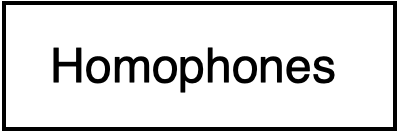
Which of the following words are homophones?
A. sea and sea
B. sight and smell
C. able and table
D. command and submit
Tip:
Homophones are words that sound the same, but are spelled differently and have different meanings.
Answer:
The correct answer is A. See and sea have the same sound and the same phonetic units. However, one refers to a human sense and the other refers to a body of water.
Digraphs
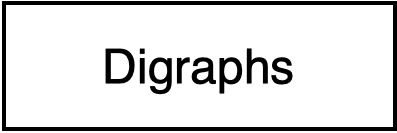
Which one of the words below does not contain a digraph?
A. shy
B. church
C. think
D. hat
Tip:
A digraph is a combination or vowels or consonants that form a single sound.
Answer:
You should choose answer D. The word shy has the “sh” digraph, the word church has the “ch” digraph” and the word think has the “th” digraph. The word hat can be pronounced phonetically, letter by letter.
Vocabulary
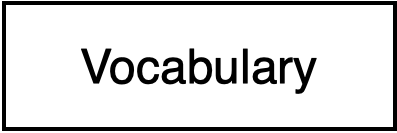
Which one of the following best describes words that are learned through memorization, without phonics or other decoding strategies?
A. academic language
B. semi-phonetic words
C. functional language
D. sight words
Tip:
The use of flashcards is particularly effective when teaching this type of vocabulary.
Answer:
The correct answer is D. Sight words include some of the most commonly-used words in the English language. A child should learn these words by sight and be able to recognize them within a few seconds.
Teaching Methods
Pronunciation
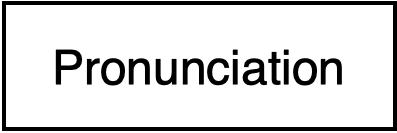
Certain students in a second grade class are doing very well with sounding out letters and blending words. The words that they do best with are those that have simple individual-vowel phonics patterns. The teacher wants the whole class to start to develop whole-word reading of these types of words. Which approach would be the best to help achieve this goal?
A. have the children practice reading silently at home under parental supervision
B. have the teacher read aloud from a list and have students repeat certain words which the teacher models individually
C. have the teacher read the children’s favorite stories aloud, followed by a choral reading of segments of the story by the entire class
D. the teacher provides modeling, then helps students sound out words quietly on an individual basis, before students begin to read the words aloud
Tip:
Remember that students will need to work alone at some point to build their confidence and phonetic awareness.
Answer:
The correct answer is D. The pronunciation of words sub-vocally by each individual student will be most effective in achieving the goal of whole-word reading.
Intonation
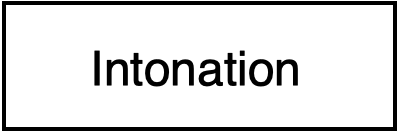
Which of the following would best support students learning to read aloud with the correct intonation and pronunciation?
A. have each student take turns reading parts of a story aloud
B. have the students listen to a recording of the text as they follow along in their books
C. have the students listen to the teacher read the story
D. have the students listen to brief excerpts of the text and then echo read them with the teacher
Tip:
Which of the above strategies would give the child the most confidence, while making them feel least exposed to the embarrassment of making mistakes?
Answer:
The correct answer is D. Echo reading with the teacher will give the students the chance to pronounce new words within the confidence of a group setting.
Spelling
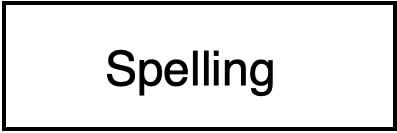
Which of the words below best describes the stage of language learning in which a child begins to add rules and patterns to their knowledge of spelling as they get progress through school?
A. literacy
B. phonetic
C. transitional
D. communicative
Tip:
Bear in mind that in this stage, the child is getting ready to take on new challenges and move on towards the next level.
Answer:
The correct answer is C. This stage is called the transitional stage because the child is less reliant upon phonetics to pronounce words, and the child begins to make progress with relating sounds to letters by means of visual cues.
RICA Constructed Response Questions on Subtest 1
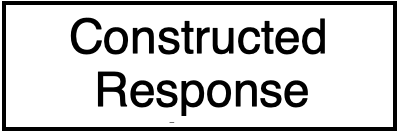
The constructed response section of the RICA exam is quite different to the multiple choice part.
In the constructed response part, you will have to answer a question in your own words.
The question will present a teaching scenario, and you will need to say what you would do in that particular situation.
Example:
A first-grade teacher reads aloud to a group of ten children every day. As she reads the story for each day, she points to the first letter of each word and encourages children to repeat the sound with her as a group. She them has each individual student repeat the sound on their own.
Task:
Based on your knowledge of teaching reading skills, write a response in which you indicate:
- what aspect of reading skills the teacher is focusing on
- the purpose and effectiveness of her strategies
RICA Subtest 2

Rica Subtest 2 assesses the domains of academic language, vocabulary, background knowledge, and reading comprehension. Vocabulary, Academic Language, Background Knowledge, and Comprehension. It contains 35 multiple choice questions and two essays, one of which is a short 150-word response piece, and the other of which is a longer 2200-word piece.
What’s on RICA Subtest 3
You will need to know how to plan, organize, and manage reading instruction based on ongoing assessment for subtest 3, so be sure to brush up on assessment methodologies for this subtest.
More RICA written exam subtest 1 practice
For the free official practice test for the RICA written exam, please click on the link below.
Official RICA Subtest 1 Sample
Note:
RICA and the Reading Instruction Competence Assessment are trademarks of the California Commission on Teacher Credentialing (CTC) and Pearson Inc, which are not affiliated with nor endorse these practice tests.